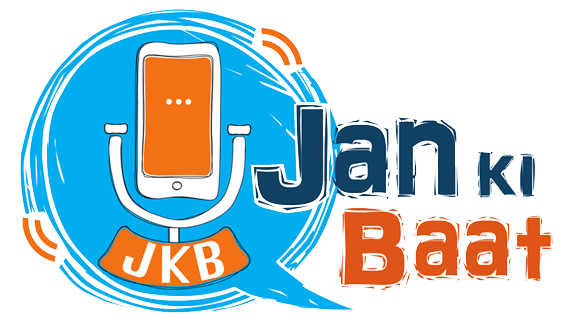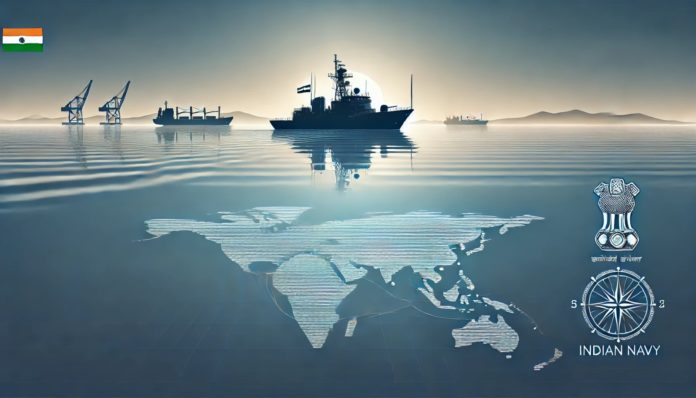As the largest resident naval power in the Indian Ocean Region (IOR), the Indian Navy has crafted a dual identity: a force capable of projecting power and maintaining peace while serving as a humanitarian beacon in times of crisis. This balanced approach not only underlines India’s strategic ambitions but also reaffirms its role as a responsible regional leader in an era of geopolitical volatility.
Power Projection in a Contested Ocean
The Indian Ocean, with its critical sea lines of communication (SLOCs), is increasingly the arena for great power competition. China’s “String of Pearls” strategy and militarisation of the South China Sea have placed a spotlight on India’s maritime responsibilities. The Indian Navy’s modernisation and strategic operations reflect its commitment to safeguarding these waters against both traditional and non-traditional threats.
The commissioning of INS Arighat, India’s second indigenous SSBN (nuclear-powered ballistic missile submarine), has bolstered the Navy’s sea-based nuclear deterrence capabilities. It strengthens India’s nuclear triad with INS Arihant, ensuring a robust second-strike capability. This development sends a strong signal to adversaries, reaffirming India’s resolve to protect its sovereignty and maritime interests.
Beyond deterrence, the Navy’s participation in multilateral exercises like Malabar and VARUNA demonstrates its operational readiness and enhances interoperability with strategic partners like the US, Japan, France, and Australia. These exercises project India’s maritime influence while promoting a rules-based order in the Indo-Pacific, countering aggressive posturing by rival powers.
The Humanitarian Dimension
While its military prowess garners attention, the Indian Navy’s humanitarian operations reveal its softer side, making it a trusted partner among Indian Ocean littoral states. As climate change intensifies and geopolitical conflicts spill over into maritime domains, the Navy’s readiness to respond to crises has set it apart.
Operations like Op. Sankalp, launched amidst rising tensions in the Gulf of Aden and the Red Sea, highlights the Navy’s ability to handle multi-dimensional threats. Over a hundred days in early 2024, the Navy saved more than 110 lives, escorted critical commodities, and thwarted piracy attempts—all while demonstrating its capacity for coordinated operations with the Indian Air Force and other national agencies. Such missions secure vital trade routes and enhance India’s diplomatic standing in the region.
From disaster relief during the 2004 tsunami to its recent efforts in providing medical supplies during the COVID-19 pandemic, the Navy has consistently positioned itself as a first responder in regional crises. Its actions resonate beyond borders, fostering goodwill among neighbouring nations and showcasing India’s commitment to shared prosperity and security.
Balancing Roles: Challenges and Opportunities
Navigating the dual roles of a security provider and a humanitarian leader requires a delicate balance. The Indian Navy’s modernisation efforts have been pivotal in meeting these diverse demands. The induction of platforms like INS Vikrant, India’s first indigenous aircraft carrier, signifies its ability to project power far from its shores. Simultaneously, investments in advanced technologies, such as unmanned underwater vehicles and AI-driven surveillance systems, ensure the Navy is equipped to address evolving non-traditional threats like piracy and illegal fishing.
However, the growing militarisation of the IOR, coupled with resource constraints, poses significant challenges. The Navy must continue modernising while maintaining its commitment to indigenisation, as seen with initiatives like Project 75I, which focuses on building next-generation submarines in India. This emphasis on self-reliance aligns with India’s broader Atmanirbhar Bharat (self-reliant India) policy, strengthening its defence industrial base while enhancing strategic autonomy.
A Vision for the Indo-Pacific
India’s maritime strategy reflects its aspirations for a free, open, and inclusive Indo-Pacific. The Navy has taken proactive steps to foster regional collaboration through the Security and Growth for All in the Region (SAGAR) framework. Platforms like the Indian Ocean Naval Symposium (IONS) and the Information Fusion Centre-Indian Ocean Region (IFC-IOR) facilitate real-time information sharing and capacity building, making India a preferred partner for littoral states.
India’s Act East Policy, marking its tenth anniversary, further emphasises its engagement with Southeast Asia. The Navy’s goodwill visits and joint exercises with nations like Vietnam and the Philippines enhance bilateral ties while countering China’s assertive manoeuvres. By focusing on capacity building and cooperative security, the Indian Navy ensures that its rise as a maritime power is seen as a stabilising force rather than a hegemonic one.
A Force for the Future
As the Indian Navy continues to expand its operational reach and strategic footprint, it exemplifies a modern maritime force capable of balancing hard power with humanitarian responsibility. Its dual role as a protector and a partner underlines India’s commitment to a stable and secure Indian Ocean and Indo-Pacific.
The Navy’s actions resonate with its vision of a rules-based maritime order in an era marked by shifting power dynamics and mounting global challenges. Whether safeguarding sea lanes, responding to crises, or building partnerships, the Indian Navy remains a cornerstone of India’s aspirations to be a leading global maritime power.
The road ahead will require sustained investments in capabilities, infrastructure, and regional partnerships. Yet, as it stands today, the Indian Navy is not just a resident power in the Indian Ocean—it is a rising leader, setting the course for a future defined by security, cooperation, and shared prosperity.

